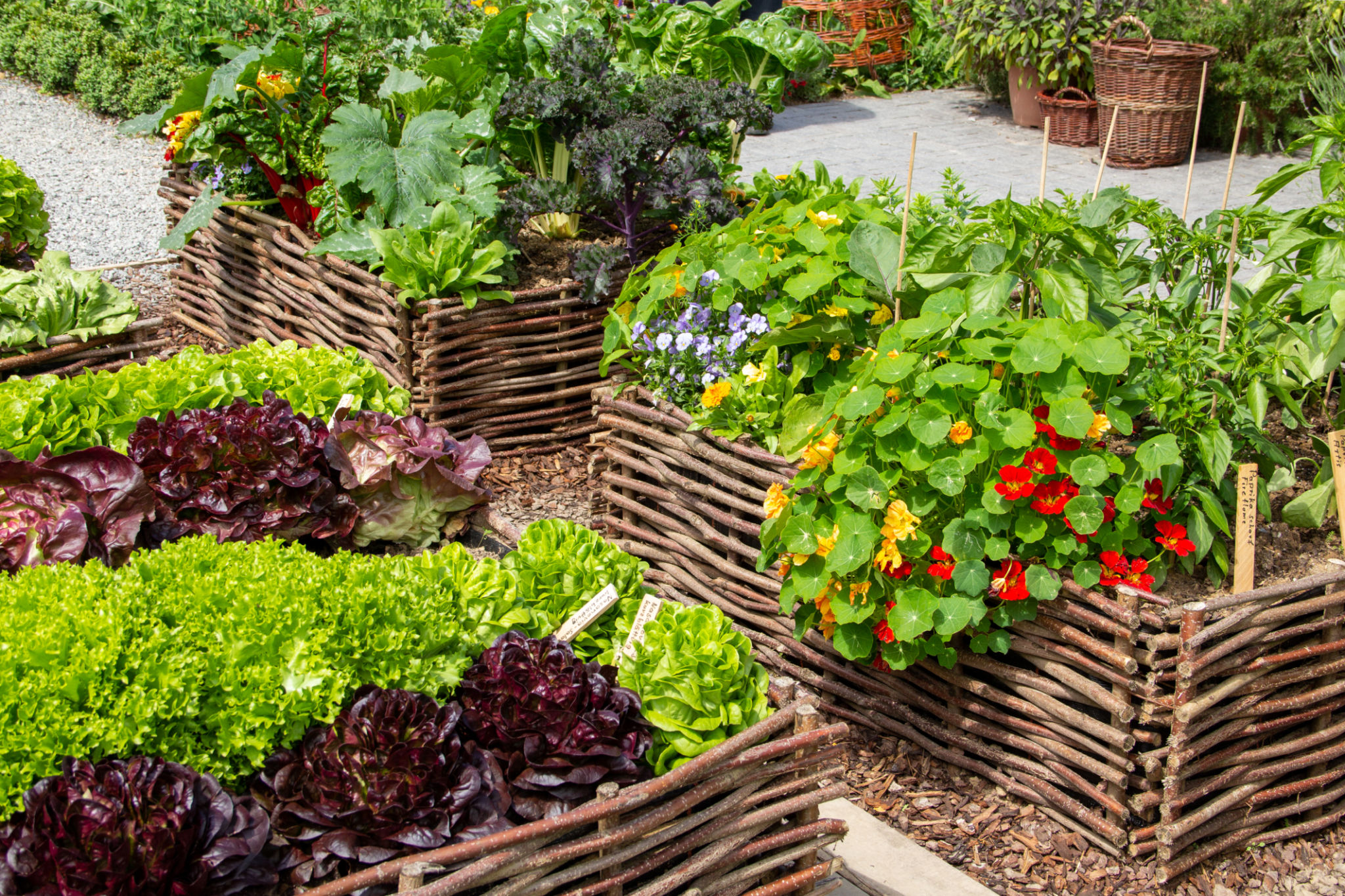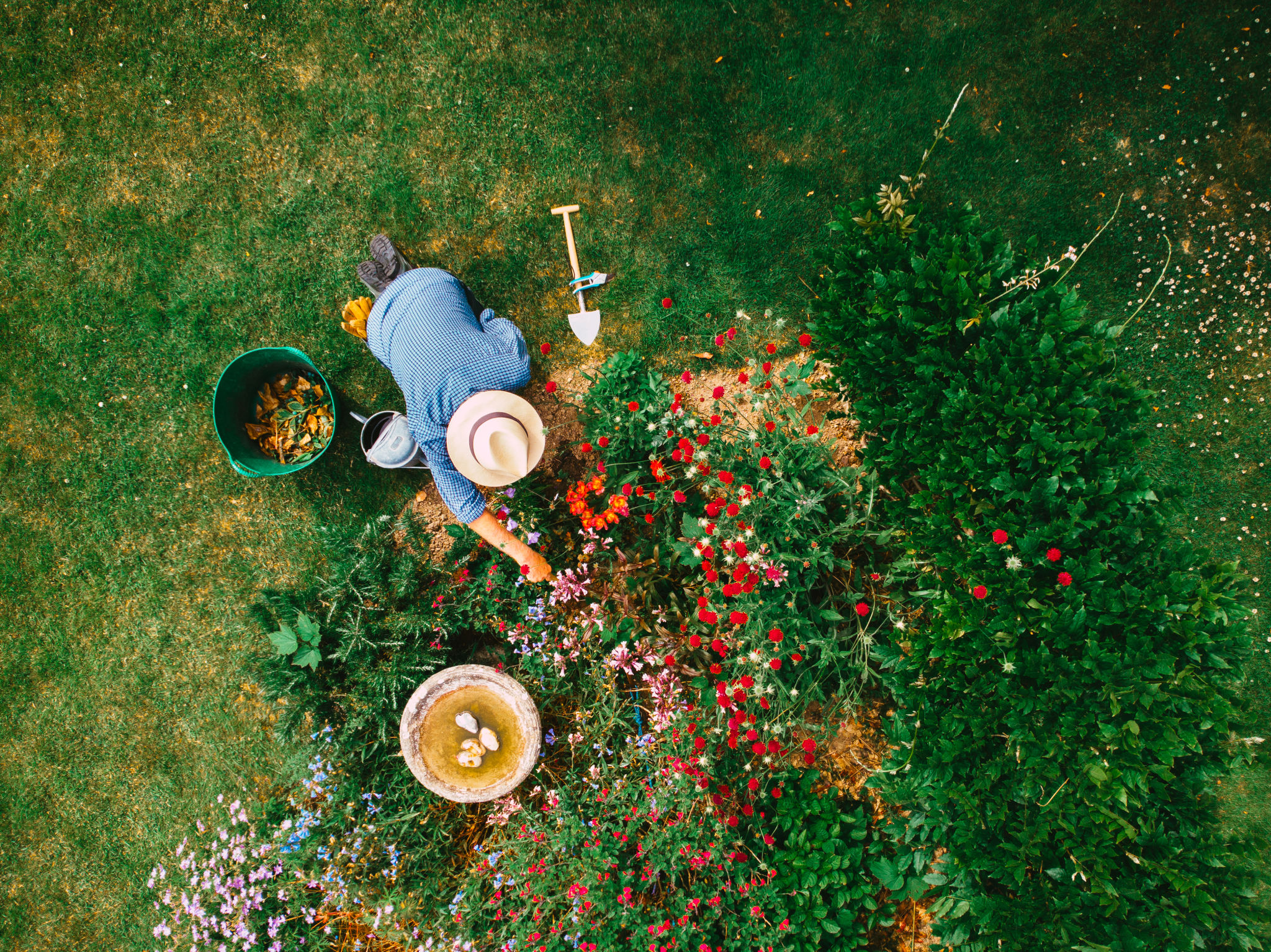Success Stories: Transforming Home Gardens into Edible Paradises
Introduction to Edible Gardens
Imagine stepping into your backyard and being greeted by the lush greenery of vegetables, fruits, and herbs. Transforming home gardens into edible paradises is not only a sustainable choice but also a rewarding endeavor. This trend is gaining momentum as more individuals seek to cultivate their own food, reduce grocery bills, and enjoy fresher produce.
The journey from a simple garden to an abundant edible landscape is filled with inspiring success stories. These transformations not only provide nutritious food but also contribute to environmental sustainability and offer therapeutic benefits to those who cultivate them.

The Benefits of an Edible Garden
Edible gardens offer numerous advantages beyond just providing food. Firstly, they allow for the consumption of organic produce, free from harmful pesticides. Secondly, these gardens can significantly reduce carbon footprints by eliminating the need for transportation from farm to table.
Moreover, edible gardens promote biodiversity. By planting a variety of species, gardeners can attract pollinators such as bees and butterflies, contributing to a healthier ecosystem. Additionally, the act of gardening itself is known to improve mental well-being, reducing stress and increasing physical activity.
Steps to Transform Your Garden
The transformation from a traditional garden to an edible paradise involves several steps. Here’s a simple guide:
- Plan Your Garden: Assess the available space and decide what types of plants you want to grow based on your climate and soil conditions.
- Prepare the Soil: Ensure the soil is rich in nutrients. This might involve composting or adding organic matter to improve soil fertility.
- Select Your Plants: Choose a mix of fruits, vegetables, and herbs that complement each other and thrive in your environment.

Real-Life Success Stories
Many individuals have successfully transformed their spaces into thriving edible gardens. For instance, Sarah from California turned her small urban backyard into a vibrant patch of tomatoes, peppers, and basil, providing fresh produce year-round. In another inspiring story, the Johnson family transformed their suburban lawn into a mini orchard, growing apples, cherries, and plums.
These stories highlight the potential of turning ordinary spaces into productive food sources. By sharing their experiences, these gardeners inspire others to embark on their own journeys toward sustainable living.
Challenges and Solutions
While creating an edible garden is rewarding, it does come with challenges. Pests, weather conditions, and soil quality can pose obstacles. However, these can be addressed with organic pest control methods, selecting weather-resistant plant varieties, and regular soil testing.
Community support also plays a crucial role. Joining gardening clubs or online forums can provide valuable advice and encouragement from fellow gardeners who share similar experiences and solutions.

Conclusion: A Path to Sustainable Living
Transforming home gardens into edible paradises is a step towards sustainable living that offers numerous benefits for individuals and the environment. It fosters self-reliance, promotes health, and supports biodiversity while providing deliciously fresh produce right at your doorstep.
Whether you have a sprawling yard or a small balcony, there are endless possibilities to create your own edible garden paradise. By taking inspiration from success stories and starting with small steps, anyone can join this growing movement towards a greener future.